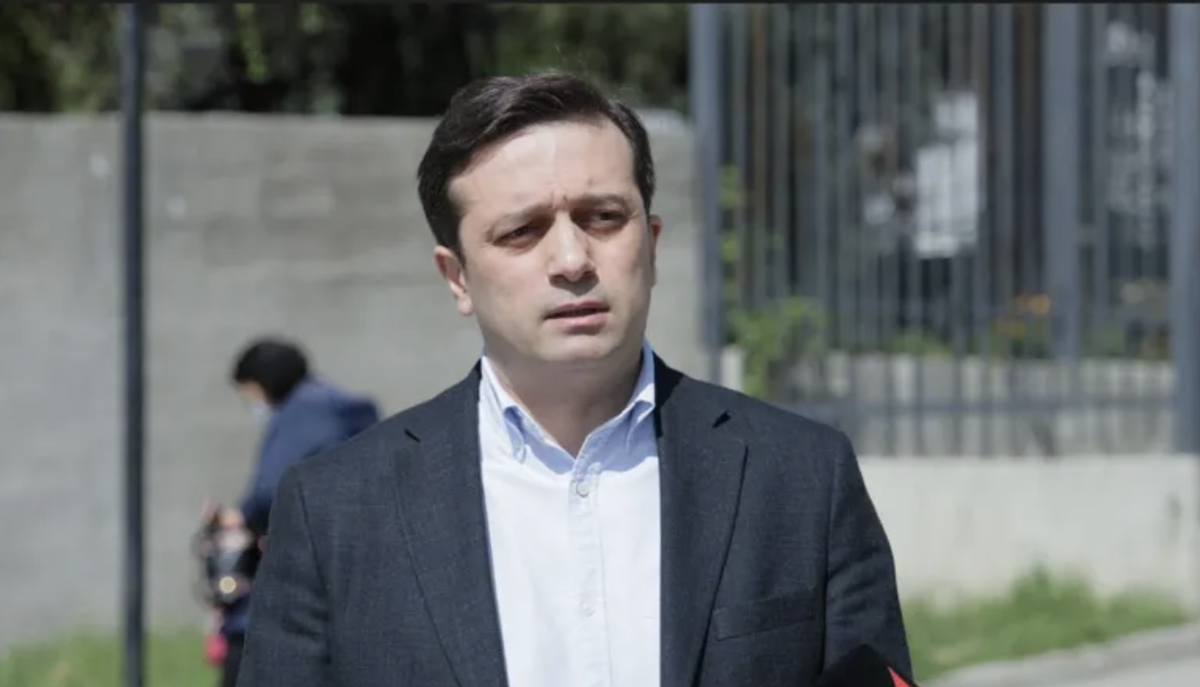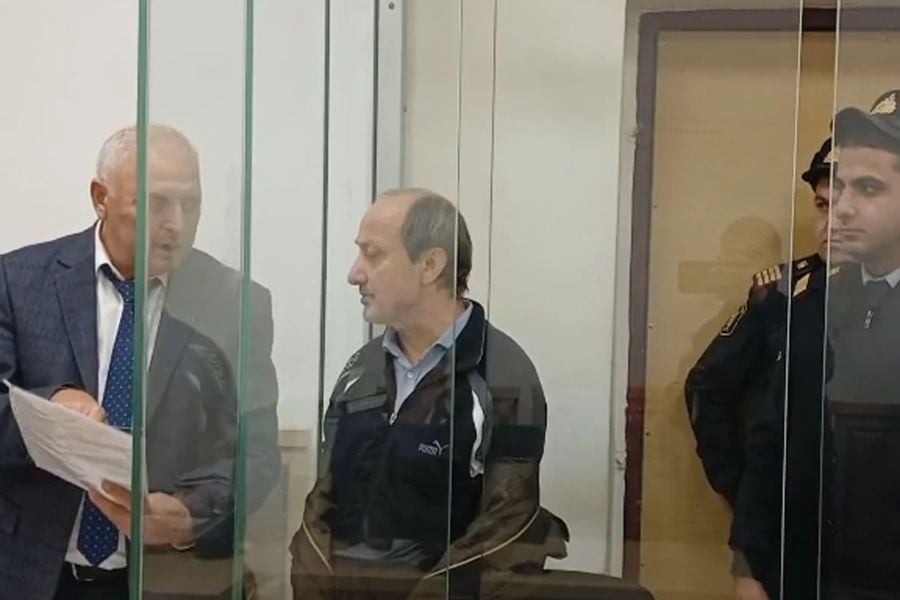The March massacre in Baku 100 years ago - the Muslim riot against the Bolsheviks
The ‘March massacre’ in Baku and Bolsheviks
31 March marked the 100th anniversary since the tragic events that went down in Caucasus history commonly referred to as the ‘March massacre in Baku’. According to various estimates between 3 000 to 12 000 civilians were killed in Baku on that day in 1918.
Most of the sources are unanimous in the opinion that they were predominantly ethnic Azerbaijanis.
As is usually the case in any conflict, there are several versions of those developments which often contain both contradictory information and radically different interpretations of the facts.
Therefore, JAMnews requested two experts – Doctor of Historical Sciences Vahan Melikyan from Yerevan, and Toghrul Mashalli from Baku – to elaborate on the developments.
The article by Azerbaijani expert Toghrul Mashalli offers a fundamentally different version of the developments which is popular in Azerbaijan.
Vahan Melikyan is going to publish a book regarding the developments in March 1918. The online version of the book isn’t available yet, but the author has granted JAMnews permission to reproduce an abridged version of its preface.
“The Baku events did not have the character of the Armenian-Tatar collisions; during all the fighting the Turks did not touch the Armenians who had been living in Turkish quarters and houses.
The Armenian military rescued and provided shelter for 14 000 Muslims who were later returned home with the help of the Persian consul,” – these are the words by Haji Zeynal Abdin Tagiyev, a prominent Azerbaijani industrialist, educator and philanthropist.
The underlying political causes [of the developments in Baku] were, on the one hand, the February 1917 and the October Bolshevik Revolutions in Russia, and, on the other hand, the unprecedented activation of Pan-Turkism in the Transcaucasus (as a follow-up to the aforesaid developments).
In the spring of 1917 the idea of creating a Turkish or a Muslim state started forming in the Tatar landlord environment, which just liberated itself from a century-long Russian hegemony.
Being fueled and supported directly by Ottoman Turkey, it was regarded as the first and most important stronghold for the realization of Pan-Turkism.
The main bearers of this idea were the leaders of the Musavat party. After the Bolshevik coup they were actively involved in the composition of the Transcaucasian Commissariat, which did not recognize Soviet power … they helped to attract a half-blooded and one-sided Turkey to resolve the internal national-political problems of Transcaucasia.
[In the meantime] the goal of the Georgian Menshevik Social-Democratic Party was not just to split from Bolshevik Russia, but also to weaken the Armenian element in the Transcaucasus, and to eliminate it in the Pan-Turkism context. T he context of Baku’s pan-Turkism acquired a new meaning. It was regarded by the Bolsheviks as the primary means of sovietizing the provinces, i.e. regaining the territories of the Russian Empire, whereas the Musavat Party aimed to turn the city into a collective center of the ‘national ideal’.That was the epicenter where the interests of the Pan-Turkism movement and those of the Soviet power collided.
The Soviet leadership was represented in Baku by Stepan Shaumyan. The latter was portrayed by the Turkish-Tatar-Georgian triad as a pro-Armenia national factor.
Therefore, the battle for Baku in March-April 1918 acquired the characteristics of the national struggle. For Armenians it became the struggle for survival.
T alking about the March 1918 developments, we should also take into account the period from December 1917 to early April 1918: The violent anti-Russian and anti-Armenian actions committee along the Transcaucasian railway in December 1917 – January 1918; the Shamkhor massacre; the anti-Armenian riots by Turks and Kurds in Yerevan province; the Armenian pogroms in Atrpatakan; the ethnic cleansing of the Russian, Armenian and Jewish population of Eastern Transcaucasus, And, finally, an uncompromising struggle for power in the Transcaucasus and the issue of capturing Tiflis.The issue of the March 1918 clashes in Baku was overly politicized by the Soviet historiography. The latter regarded the civil war as a starting point for analyzing the Baku developments.
Therefore there was the Soviet government on the one hand, and the Musavat forces along with the so-called ‘wild division [basically comprised of Muslim volunteers, natives of the Caucasus – JAMnews] on the other hand – both named as conflicting parties.
Such an approach completely disregards the Armenian factor in Baku and the Eastern Transcaucasus, to say nothing of the fact of the Bolshevik-Dashnak cooperation. It brings to the forefront the issue of suppression of the alleged Armenian-Tatar interethnic pogroms by the Dashnaktsutyun party.
T he developments of March 1918 are still being politicized. On Azerbaijani websites many historians try to portray those developments as ‘the suffering that befell the Azerbaijani nation’.In his book ‘The Black Garden’, Thomas de Waal, a British journalist and researcher emphasizes the essential fact that the combination of the terms ’31 March 1918′ and ‘genocide’ testifies that ‘the day of remembrance concerns not so much the past as today’s politics. The message was that if Armenia could have a Genocide Day, then why should Azerbaijan not have one too?’As far as the possible development of events is concerned, Thomas de Waal soberly concluded that ‘by using the term, Aliyev had initiated the duel of the martyred nations’.
As for the invented ‘fact’ that about 12 000 Tatars were allegedly killed by the Armenians and the Bolsheviks, I would advise other Azerbaijani authors to recall the words of gratitude by their prominent compatriot Z. Tagiyev, addressed to the Armenian community in Baku and its national organizations.
The March 1918 developments – the outcome of the Musavat riot
T he aim of the unrest was to overthrow the democratic socialist council in Baku, to capture the city, and proclaim it the capital of the Tatar republic. Since the Armenian national organizations and institutions had a dominant influence in the center of the oil and industrial sectors, the struggle for Baku and for power resulted in a struggle for survival for the Armenians of Baku and the entire governorate.After the Armenian-Tatar clashes of 1905 to 1907, the March 1918 developments in Baku can be regarded as a second phase of weakening and the expulsion of the Armenian element.
In this regard, an unprecedented concord and interaction between all Armenian movements and parties was achieved.
The March 1918 developments in Baku were of a radical, crucial, political importance for the Transcaucasus. The matter primarily concerns the suppression of an unswerving ‘attack’ by the Pan-Turkism movement.



















